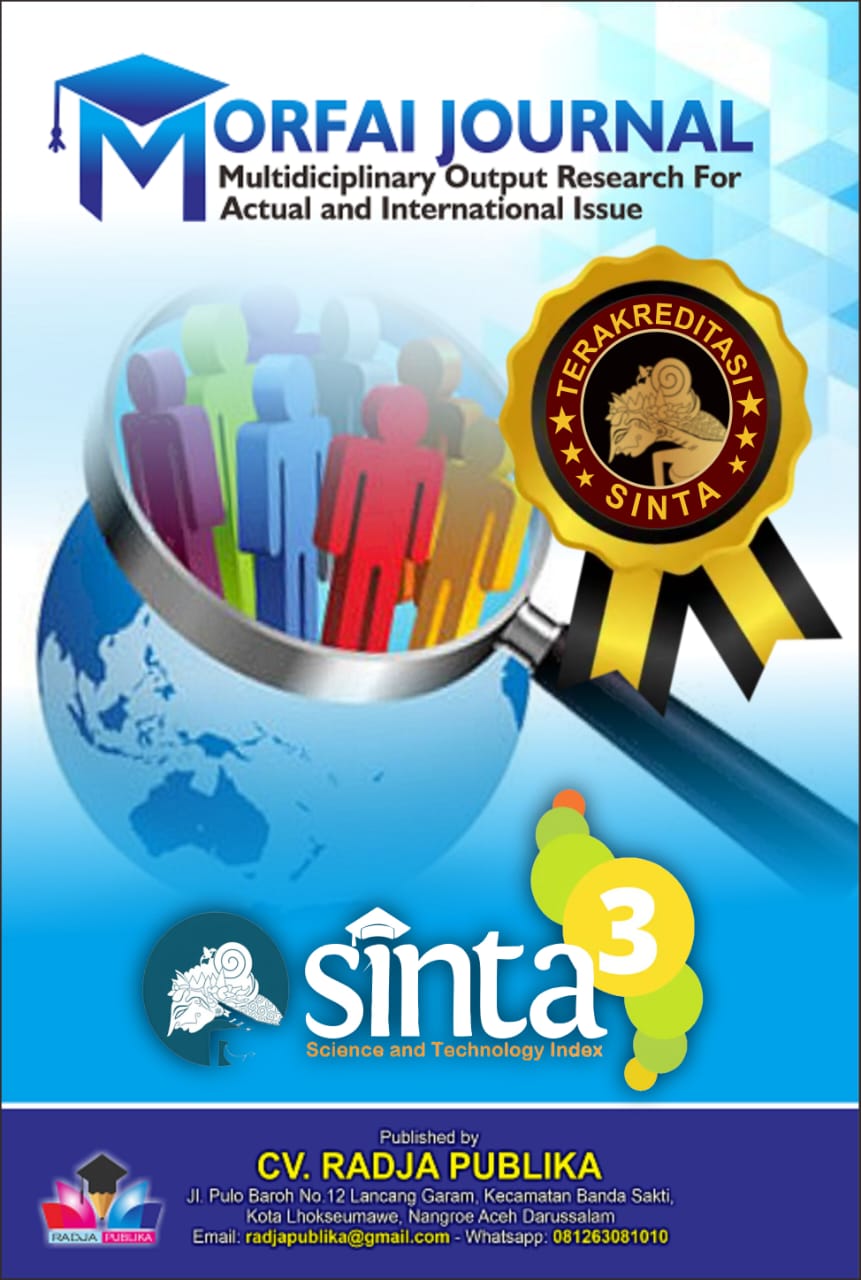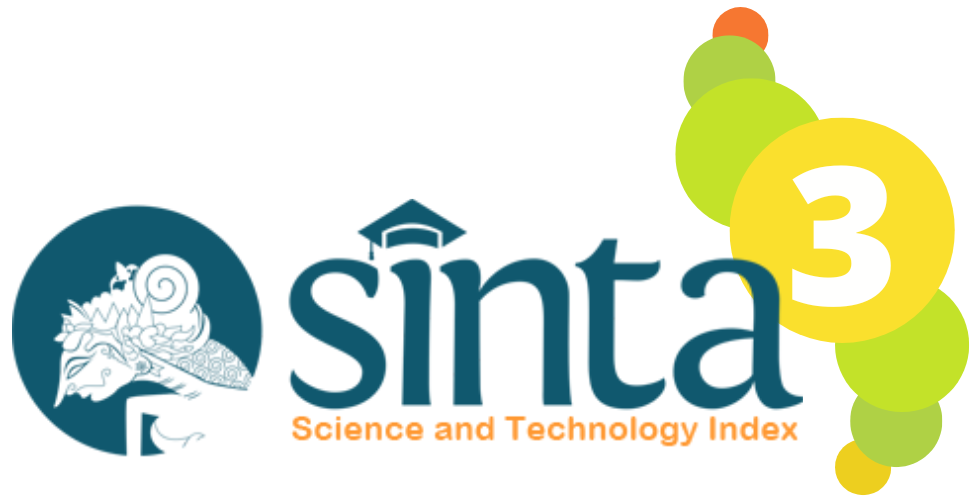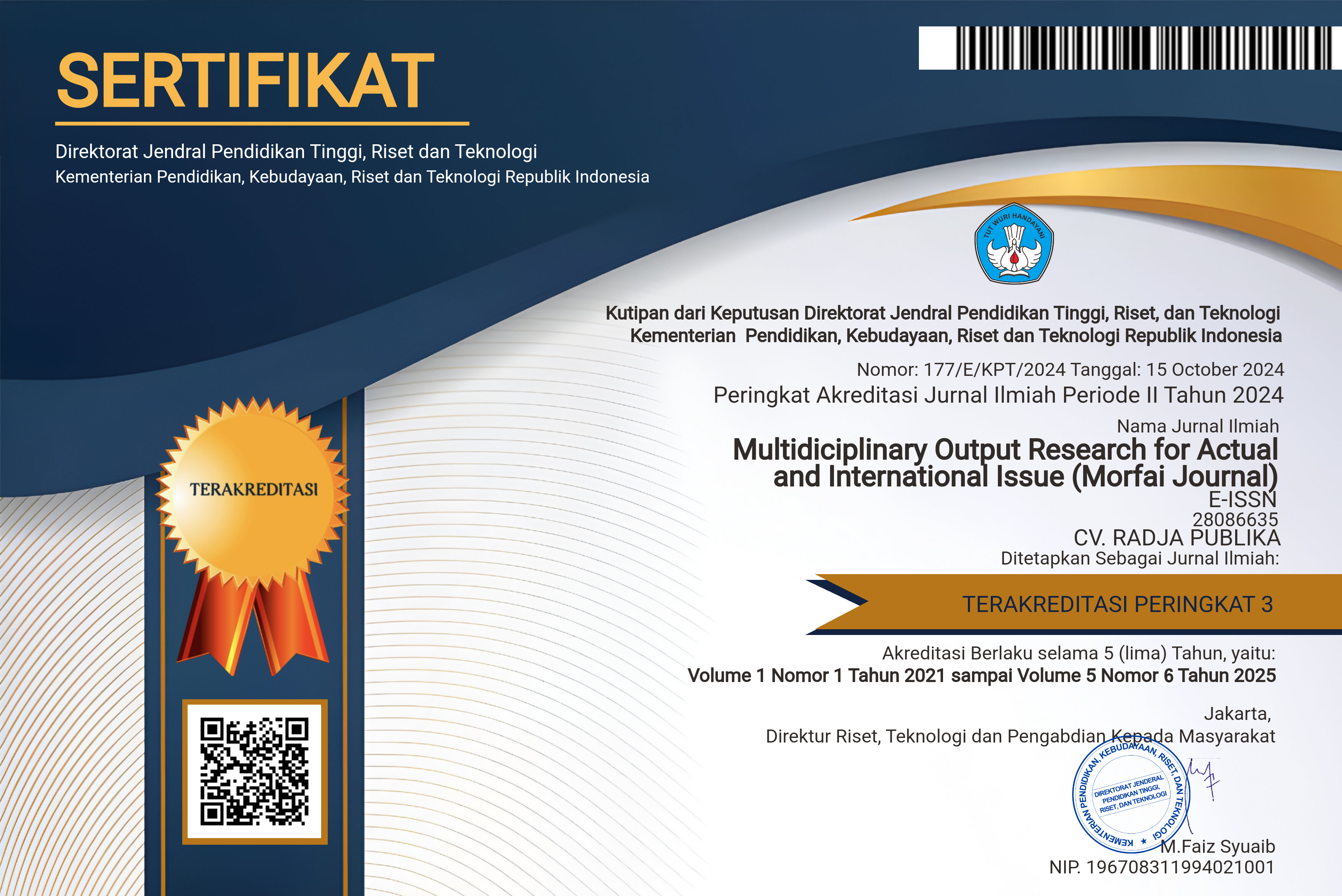THE INFLUENCE OF RICE CULINARY CONSUMPTION VALUES ON TOURIST EXPERIENCE IN CIAYUMAJAKUNING
DOI:
10.54443/morfai.v5i3.4051Published:
2025-09-20Downloads
Abstract
This study investigates how tourist perceptions of local food consumption values influence their attitudes, destination food image, and behavioral intentions within the Ciayumajakuning region of Indonesia. Drawing on the Value Attitude Behavior (VAB) model and using Structural Equation Modeling (SEM) with a sample of 225 respondents, the study finds that taste/quality, emotional, and epistemic values significantly influence attitudes toward local food, which in turn shape food destination image and intention to revisit or recommend. Conversely, health, price, and social values showed no significant impact. The findings highlight the primacy of experiential and affective dimensions in culinary tourism and offer both theoretical refinement to the VAB model and practical insights for destination marketers.
Keywords:
Culinary Tourism, Consumption Value, Tourist Attitude, Food Destination Image, Behavioral Intention, Ciayumajakuning, Structural Equation ModelingReferences
Ab Karim, S., & Chi, C. G. Q. (2010). Culinary tourism as a destination attraction: An empirical examination of destinations’ food image. Journal of Hospitality Marketing and Management, 19(6), 531–555. https://doi.org/10.1080/19368623.2010.493064
Bagozzi, R. P., & Yi, Y. (1988). On the evaluation of structural equation models. Journal of the Academy of Marketing Science, 16(1), 74–94. https://doi.org/10.1007/BF02723327
Budiono, H. (2012). Penyusunan Model Kerja Sama Ciayumajakuning. Jurnal FISIP: KYBERNAN, 2(2), 131–146. http://www.ejournalunisma.net/ojs/index.php/kybernan/article/view/358%5Cnhttp://www.ejournal-unisma.net/ojs/index.php/kybernan/article/viewFile/358/327
Choe, J. Y. (Jacey), & Kim, S. (Sam). (2018). Effects of tourists’ local food consumption value on attitude, food destination image, and behavioral intention. International Journal of Hospitality Management, 71(November 2017), 1–10. https://doi.org/10.1016/j.ijhm.2017.11.007
Dong, P., & Siu, N. Y. M. (2013). Servicescape elements, customer predispositions and service experience: The case of theme park visitors. Tourism Management, 36, 541–551. https://doi.org/10.1016/j.tourman.2012.09.004
Hair, J. F., Hult, G. T. M., Ringle, C. M., & Sarstedt, M. (2014). A primer on partial least squares structural equation modeling (PLS-SEM). SAGE Publications.
Hall, C. M., & Mitchell, R. (2001). Wine and food tourism. In N. Douglas, N. Douglas, & R. Derrett (Eds.), Special interest tourism: Context and cases (pp. 307–329). John Wiley & Sons Australia, Ltd.
Horng, J. S., & Tsai, C. T. S. (2012). Culinary tourism strategic development: An Asia-Pacific perspective. International Journal of Tourism Research, 14(1), 40–55. https://doi.org/10.1002/jtr.834
Kivela, J., & Crotts, J. C. (2006). Tourism and Gastronomy: Gastronomy’s Influence on How Tourists Experience a Destination. Journal of Hospitality and Tourism Research, 30(3), 354–377. https://doi.org/10.1177/1096348006286797
Long, L. M. (Ed.). (2004). Culinary tourism. University Press of Kentucky.
Promsivapallop, P., & Kannaovakun, P. (2019). Destination food image dimensions and their effects on food preference and consumption. Journal of Destination Marketing and Management, 11(November 2018), 89–100. https://doi.org/10.1016/j.jdmm.2018.12.003
Richards, G. (2002). Gastronomy: an essential ingredient in tourism production and consumption? Tourism and Gastronomy, January 2002, 3–20. https://doi.org/10.4324/9780203218617-7
Sheth, J. N., Newman, B. I., & Gross, B. L. (1991). Why we buy what we buy: A theory of consumption values. Journal of Business Research, 22(2), 159–170. https://doi.org/10.1016/0148-2963(91)90050-8
Stone, M. J., Migacz, S., & Wolf, E. (2019). Beyond the journey: the lasting impact of culinary tourism activities. Current Issues in Tourism, 22(2), 147–152. https://doi.org/10.1080/13683500.2018.1427705
Sukenti, K. (2014). Gastronomy Tourism in Several Neighbor Countries of Indonesia: a Brief Review. Journal of Indonesian Tourism and Development Studies, 2(2), 55–63. https://doi.org/10.21776/ub.jitode.2014.002.02.03
Wolf, E. (2002). Culinary Tourism: A Tasty Economic Proposition.
Xia, Y., & Yang, Y. (2019). RMSEA, CFI, and TLI in structural equation modeling with ordered categorical data: The story they tell depends on the estimation methods. Behavior Research Methods, 51(1), 409–428. https://doi.org/10.3758/s13428-018-1055-2
Yang, S., Liu, Y., & Xu, L. (2024). The effect of food tourism experiences on tourists’ subjective well-being. Heliyon, 10(3), e25482.
Zhu, Y., Zhu, L., & Weng, L. (2024). How Do Tourists’ Value Perceptions of Food Experiences Influence Their Perceived Destination Image and Revisit Intention? A Moderated Mediation Model. Foods, 13(3). https://doi.org/10.3390/foods13030412
License
Copyright (c) 2025 Anissa Aulia Rahmasari, Galih Kusumah

This work is licensed under a Creative Commons Attribution 4.0 International License.











